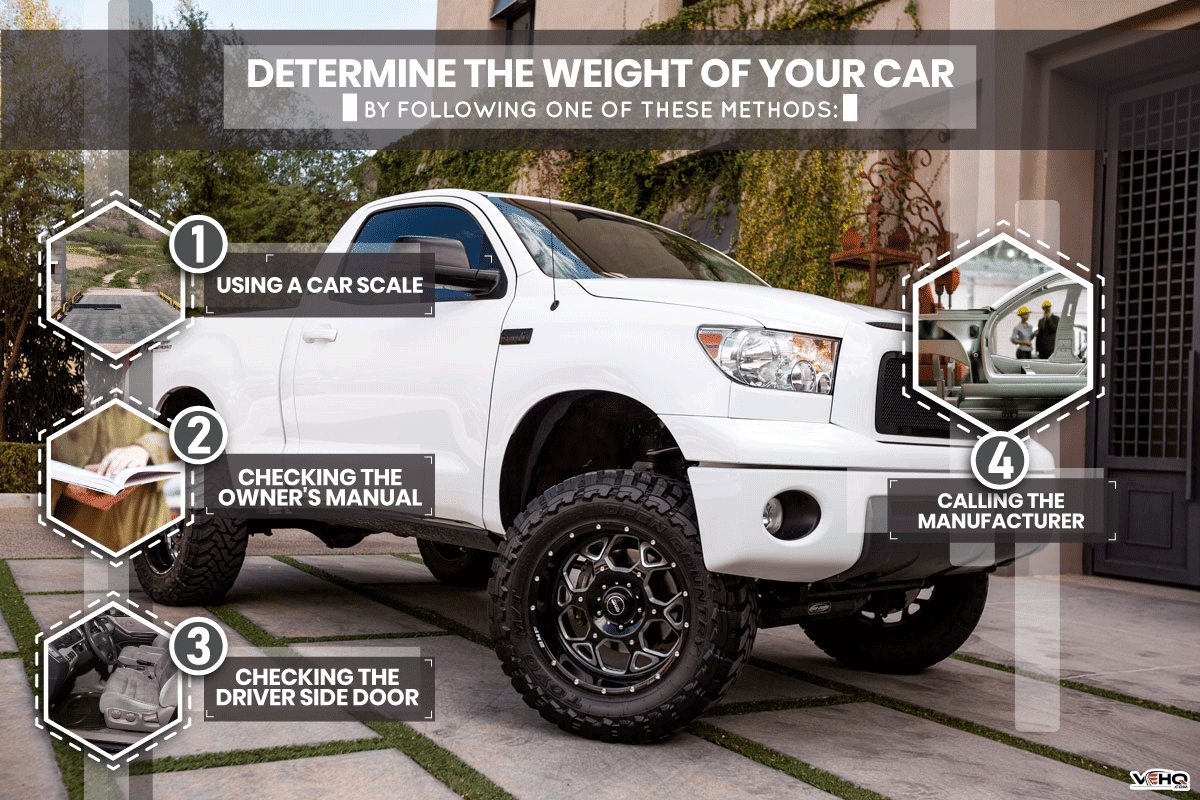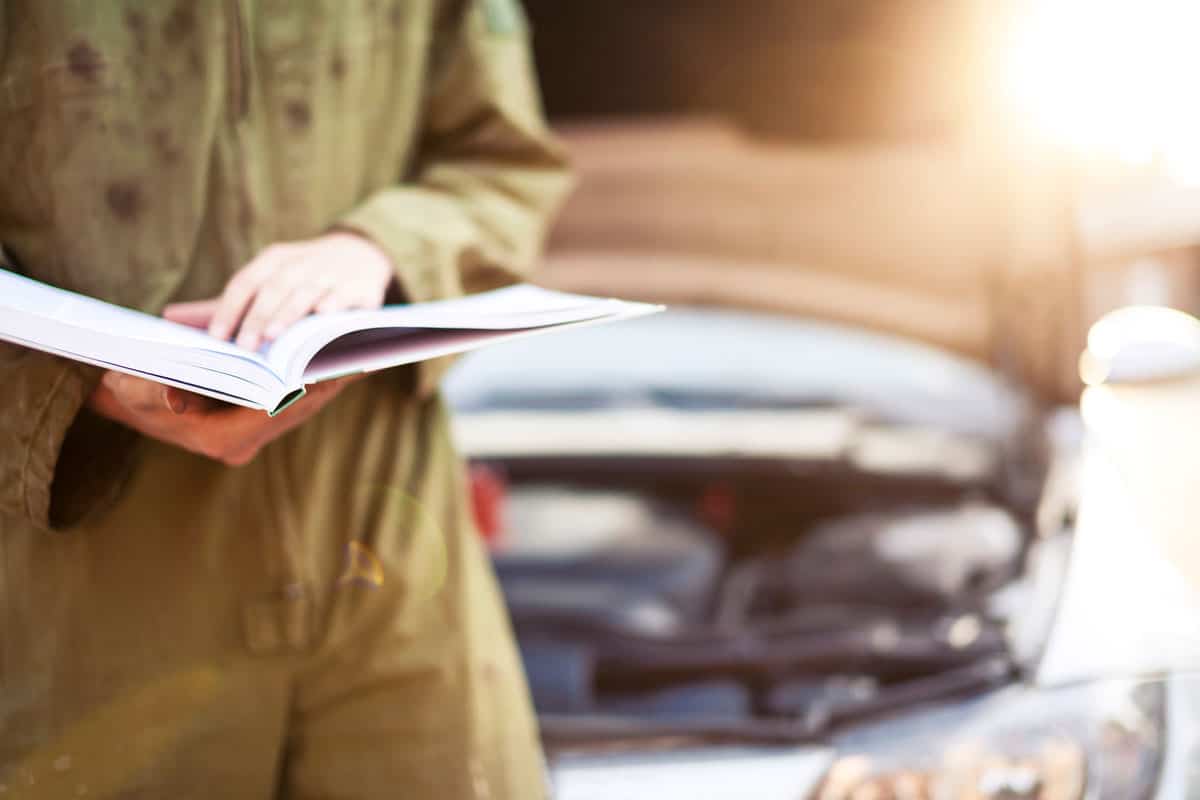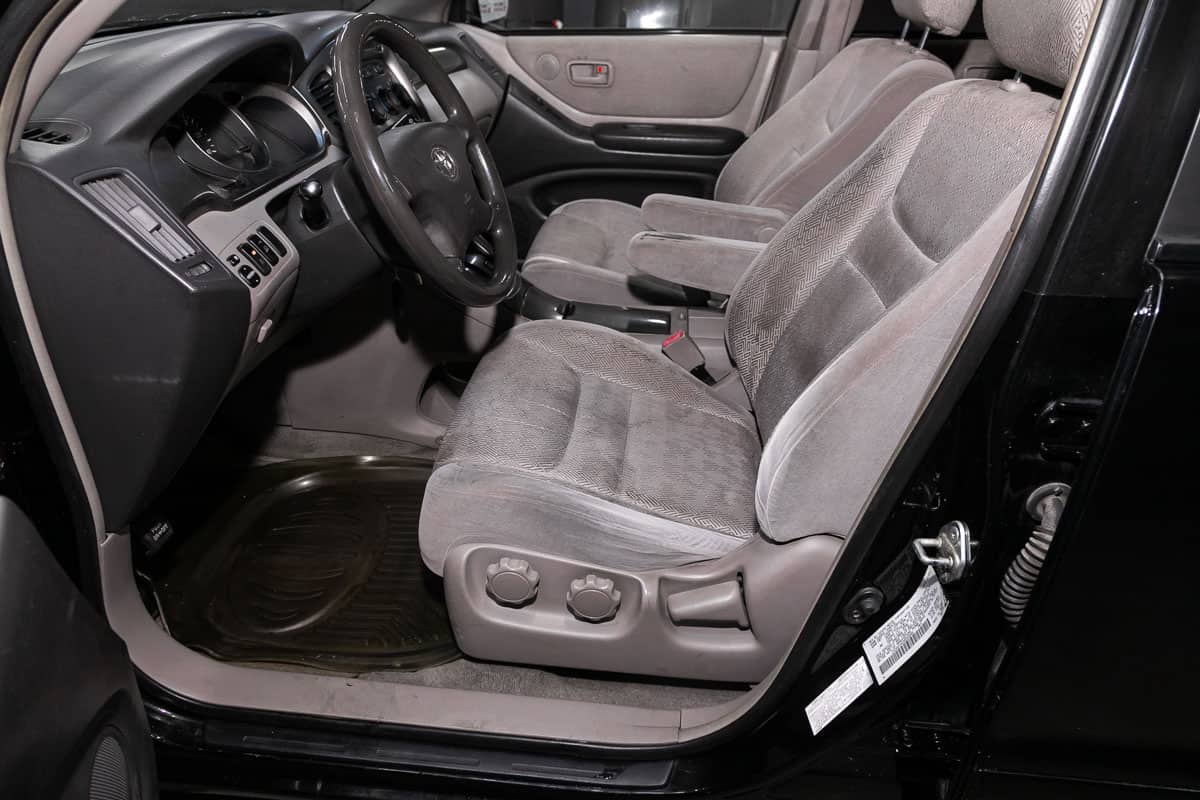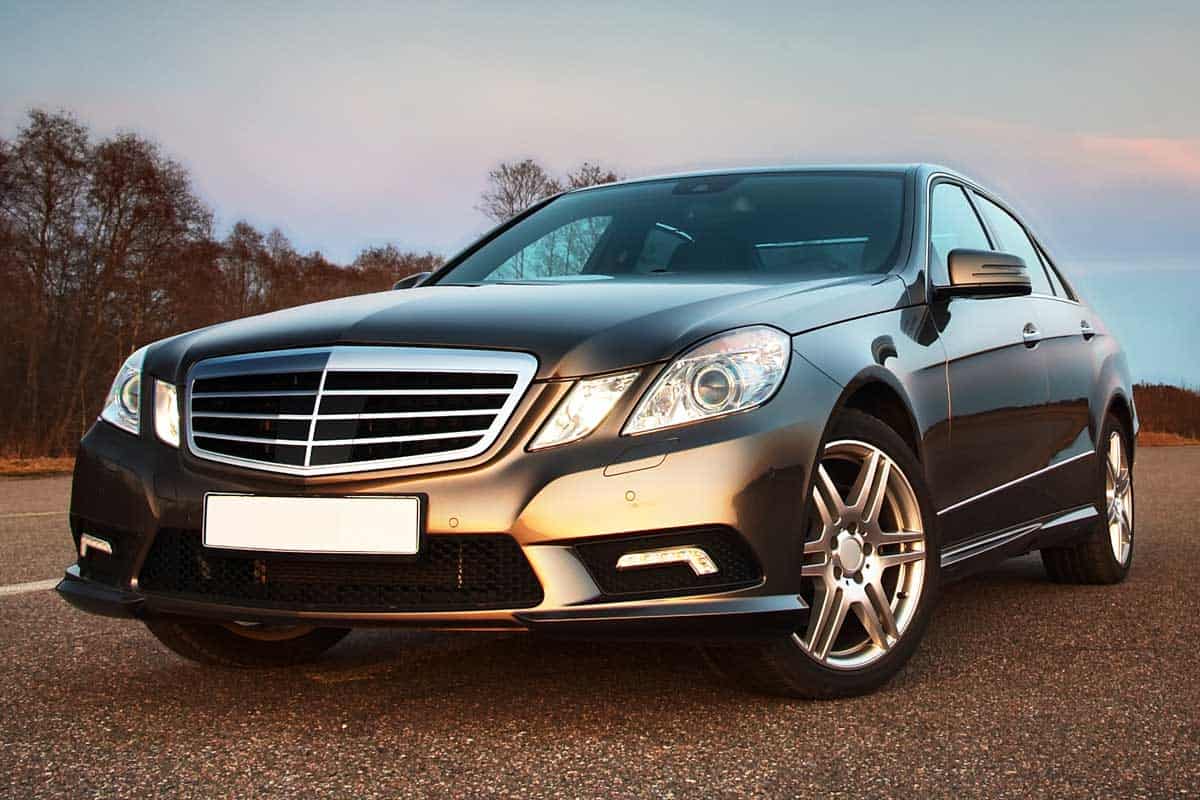People often wonder, "How heavy is my car?" Some people also question the importance of a vehicle's weight. If either of these thoughts have entered your mind, you've come to the right place because we’re here to provide the answers you’re looking for. We have done extensive research to bring you this informative post.
The weight of a car depends on the make and model, and the year it was made. You can find your vehicle's exact weight by using one of these methods -
- Using a car scale
- Checking the owner's manual
- Checking the driver side door
- Calling the manufacturer
Sounds intimidating? It isn’t, don’t worry. We’ve carefully selected methods that are simple and practical to curb this. No doubt, the brief explanation above has sparked more questions in your mind. Are lighter cars faster? Are vehicles heavier today than they were in previous years? Keep reading to get answers to these and other, similar questions.

How Heavy Is My Car?
According to the U.S. Environmental Protection Agency, the average car between 2004 and 2018 was 4,000-pounds. How does your car's weight compare? Determine the weight of your car by:

1. Using A Car Scale
You can find a nearby car scale at a motor vehicle inspection location and car junkyards. There are several types of scales. If you’ve no clue how to use one, ask the people at the yard or inspection location to assist you.

2. Checking The Owner's Manual
Owner's manuals serve a larger purpose than letting you know how your car works. Check the specifications section of your car's manual to find out its curb weight. If you misplaced the manual, or if your vehicle didn’t come with one, no worries. You can always search online, at a site like OnlyManuals, to find a free manual for your car's make, year, and model.

3. Checking The Driver Side Door
If the owner's manual does not specify your vehicle’s curb weight, look at the driver’s side door. You should find a sticker on it. That sticker typically contains the curb weight as well as the Gross Vehicle Weight Rating (GVWR).
The Gross Vehicle Weight Rating is a total weight limit, set by the manufacturer, for a particular vehicle. GVWR considers both the curb weight of the car and the weight including passengers, cargo, and optional accessories.
You should never confuse GVWR with GVW, which is Gross Vehicle Weight. The Gross Vehicle Weight fluctuates because it is the curb weight plus extra equipment, passengers, and cargo. The GVWR always remains a constant.

4. Calling The Manufacturer
Calling the manufacturer is the simplest way to determine the weight of your car. Have the VIN (vehicle identification number) handy when you call, so the manufacturer can readily search your exact vehicle year and model. Sometimes, you can find your vehicle’s curb weight on the manufacturer's website too.
Why Is It Important To Know Your Car’s Weight?

Knowing the weight of your vehicle is essential for a several reasons. First, for auto safety reasons. Some bridges have specific weight limits, and knowing your vehicle's weight means you will not make the mistake of crossing a bridge that cannot sufficiently support your car.
By knowing the weight of your car, you also know the amount of weight the vehicle can hold without overburdening it. Remember GVWR? Each state has a particular GVWR rating, so avoid exceeding accepted ratings with an overloaded vehicle.
As per the EPA, for every 100-pounds subtracted from a car’s weight, there’s an addition of approximately 1-2% in its fuel economy. In other words, the less the weight of your car, the more you save on cash and fuel.
Finally, knowing the curb weight of your car helps the mechanic perform routine maintenance because he or she will know which tools and lifts can handle the vehicle's weight.
Are Cars Heavier Today?
Yes. Cars are heavier today. The average weight for vehicles back in 2017 was 4,044-pounds. Upon further investigation, it was discovered that the average car in 2003 weighted 4,021-pounds.
Apart from the above study, there are other reasons why today’s rides are heavier than previous cars. Entry-level models and contemporary cars are fitted with countless features to make driving convenient and less stressful. Today’s cars are fitted with luxury items, such as rear climate control and heated/cooled seats.
Modern cars are also fitted with various safety-oriented equipment, such as door intrusion beams, airbags, and laminated glass. Technology used in modern cars for safety, such as tire-pressure-monitoring systems and anti-lock brakes, also contributes to weight.
Is My Car Heavy?

Whether your car is heavy or light depends on the type of material it is created from, but also the size of the car. Whether you have a small, midsize, or full-size vehicle affects the weight.
Take, for instance, the weight of these popular vehicles (from smallest to largest) as a comparison:
- Nissan Micra weighs 2,600-pounds.
- Toyoda Corolla weighs 2,800-pounds.
- Honda HR-V weights 2,906-pounds.
- Hyundai Sonata weighs 3,247-pounds.
- Audi A4 weighs 3,500-pounds.
- Subaru Forester weighs 3,449-pounds.
- Dodge Charger weighs 3,943-pounds.
- Audi A8 weighs 4,400-pounds.
- Chevy Tahoe weighs 5,355-pounds.
Are Lighter Cars Faster?
Lighter models are faster. It all comes down to physics. The energy force needed to move an object is equal to its mass multiplied by its acceleration. In essence, the smaller the mass of something, the less the energy needed to move it.
Lighter cars require less gas to move and receive a better fuel economy. Car companies in the U.S. have to meet federally mandated Corporate Average Fuel Economy (CAFE) ratings. These ratings state that when the fuel economy ratings are averaged, the average must be under a specified mark. By trimming down any excess weight off a car, automakers also meet the requirement.
How Can I Make My Car Lighter?
Make your car lighter by fitting lighter body panels. If your car has aluminum or steel body panels, consider replacing them with replacement products crafted from GRP, or glass-fiber reinforced plastic.
Consider also changing out the glass windows to polycarbonate windows. Polycarbonate is durable as well as easy to handle and install if you use the right installation tools.
Swap your current set of wheels with lighter ones. The benefits of lighter wheels go beyond making your car lighter. By lowering the rotational mass of the rims, the suspension does not have to work so hard. Hence, there will be (minor) improvements in acceleration since the engine can spin lighter wheels quicker.
Go light on the added comforts when choosing a trim level for your car. Keeping electronics at a minimum, like additional speakers, large infotainment screens, and power seat controls will add less total weight to your vehicle. Do not overlook the exterior features, like extra chrome, larger wheels, and electronic door-steps that all add weight. If you decline the showy perks offered at higher trim levels, you can reduce the overall weight on your car's model.
Conclusion

The weight of a car varies depending on several factors, and can affect the car's gas mileage and performance. If you want to lighten the load, we hope you've taken away several suggestions from this post to alter the weight of your car. Consult a professional mechanic for assistance. But, if you are pleased with the current weight of your car, keep on driving safely!
